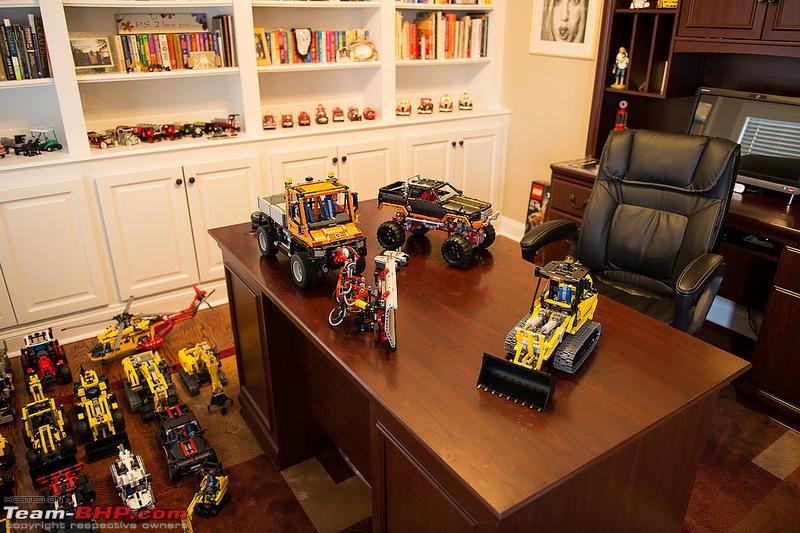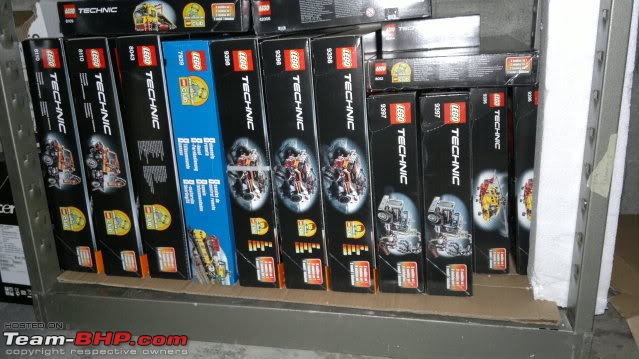Hello Everybody,
This is a short writeup about the Lego Technic 853 that I built up recently.
First, some basic information and context. This set was launched in 1977 and consists of approximately 600 pieces. Wheelbase 302 mm, track (measured from the outer wall of each tyre) 200 mm, total length 527 mm. Tyre size 24 x43 mm. I consider this set to be of special significance since it went on to spawn its own lineage of Lego Technic sport coupes. This set was followed by (in chronological order) the 8860, 8865, 8880 and the 8448.
The vehicle is reminiscent of cars as they used to be built in the early years of the industry; essentially comprising of a powertrain and steering system mounted to a chassis. The customer then went off to his/her own “Coachbuilder” to have the cabin and bodywork designed and fabricated according to his/her individual taste and specification. This set seems to align itself to this philosophy and essentially consists of the powertrain and a steering system mounted to a rigid chassis. The set however also has two seats in the front and a beach seat in the rear.
Powertrain
The powertrain is a forward mounted, air-cooled, inline 4 engine mated to a 2 speed gearbox. The engine is a joy to put together but equally demanding. The build manual of the period covers this in one page only and there is a lot of adjusting to be done when marrying it to the chassis. The mechanism of the reciprocating cylinders on an offset crankshaft is achieved by a network of standard cogs with eccentrically mounted pistons using Legos standard beams. The air-cooled design of the engine allows the builder to enjoy the fruits of his labour since the reciprocating cylinders can be seen working in all their glory through the cooling fins in the crankcase.
The gearbox is two speed unit. The speed difference is achieved by using cogs of different diameters and tooth count. The layout is basically an I pattern with neutral in the middle. The high gear suffers from slippage since the pistons are unable to reciprocate fast enough for the vehicle speed.
Drive is to the rear wheels via a fixed differential that does not allow relative rotation between the two rear wheels.
Steering
The steering on this set is special because it is achieved using very basic building pieces. The only specialist part is the toothed rack itself. The tie rods are simply lego beams with connectors on either end. Two universal joints channel and transfer the steering torque from the rack upfront to a driver-friendly orientation in front of the seat. The system appears to achieve Ackermann since I do not notice any wheel scrub between the front left and right tyres when driving on full lock.
Chassis
Although a rigid chassis with no suspension articulation, the highlight here are the front uprights. Elegantly designed using the most basic of building blocks, the only specialist part is the 2x2 turntable that allows rotation about the vehicle height axis.
Cabin
The cabin consists of two individual seats upfront and a standard bench seat behind. The two individual seats are adjustable for inclination as well as along the vehicle length axis. The attention to detail of the lego design engineers of the time is best appreciated when you look at the rear bench sea; there is a fully functional swivelling armrest!
Manual
The manual achieves its objective with reasonable accuracy. The engine build however is completed in a page. This requires concentration. The marriage between the engine and chassis also required patience and attention since the blocks that were supposed to line up and fit together were not clearly identified in some cases. Having built the 8448, the manuals have progressed in leaps and bounds in terms of image quality and build accuracy.
Summary
To me this set is special because of its elegant design. By this, I mean that complex movements and mechanisms have been replicated with a high level of accuracy using the most basic of technic blocks. The successors of this set, as I have observed, use increasingly specialist technic pieces and blocks. This, in my opinion reduced the builder’s flexibility and also left him stranded if (say) one of these specialist pieces went missing or got damaged.
Please refer to a selection of photos below.
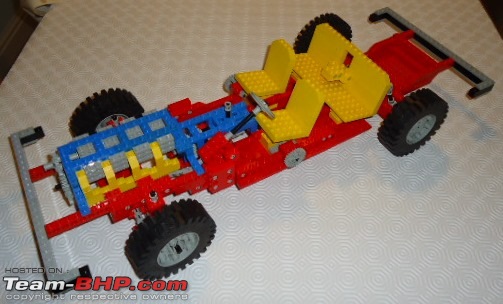



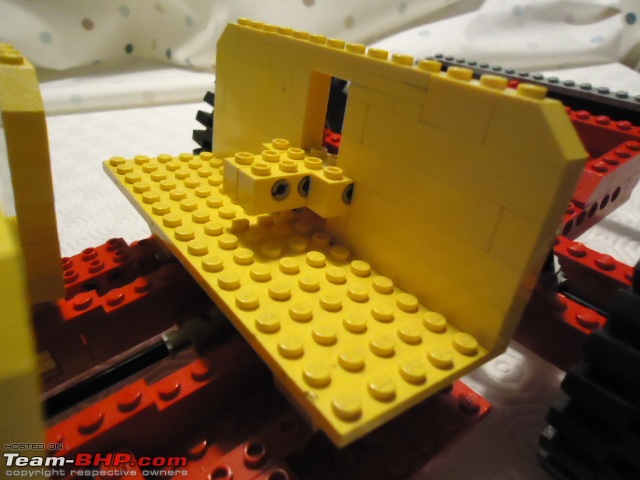
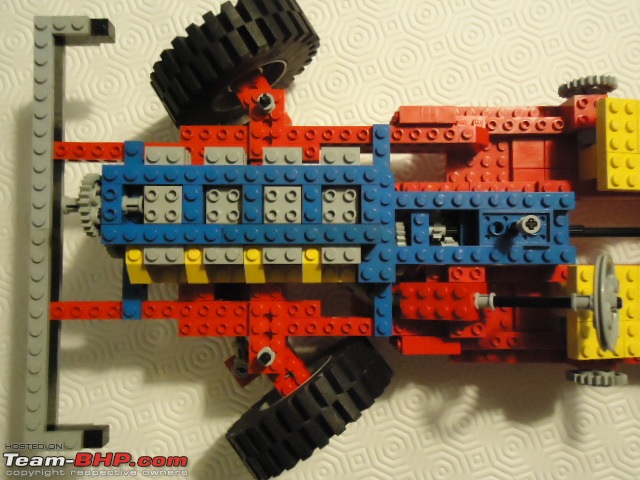
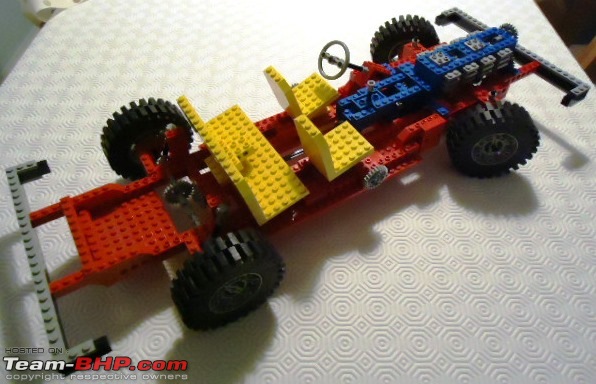


 (6)
Thanks
(6)
Thanks

 (4)
Thanks
(4)
Thanks
 (2)
Thanks
(2)
Thanks
 (6)
Thanks
(6)
Thanks
 (17)
Thanks
(17)
Thanks
 (3)
Thanks
(3)
Thanks
 (4)
Thanks
(4)
Thanks
 (3)
Thanks
(3)
Thanks




 .
.





